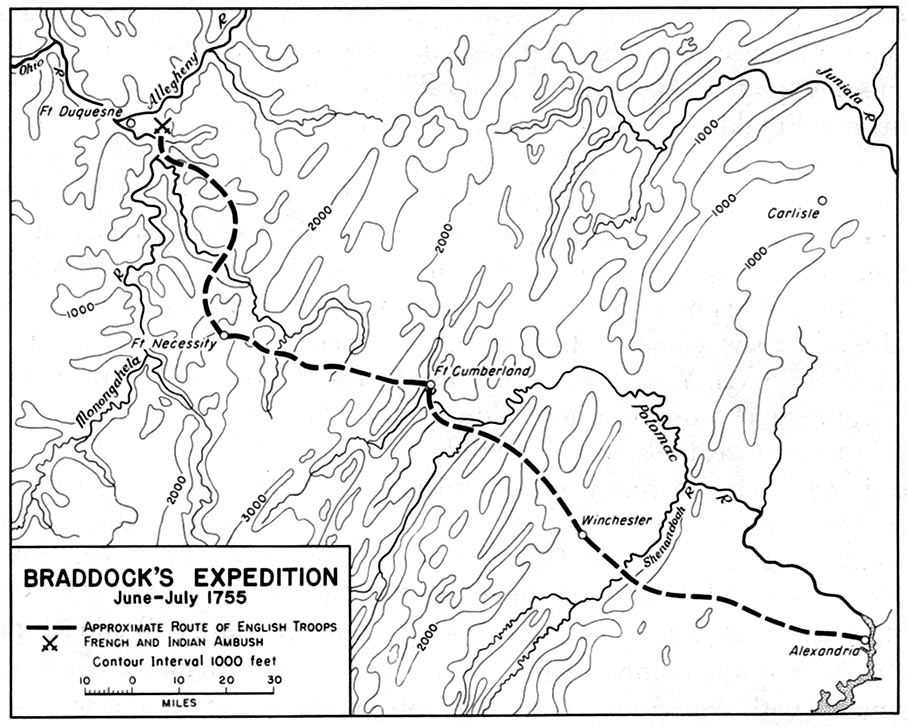 After the defeat of George Washington and his troops at Fort Necessity, the British government decided they couldn’t leave the fighting in the colonies to amateurs anymore. So they sent General Edward Braddock to the colonies with 2,000 regular British soldiers to capture Fort Duquesne. The two British regiments were augmented with 500 provincial soldiers. George Washington served as a volunteer aide-de-camp to General Braddock.
After the defeat of George Washington and his troops at Fort Necessity, the British government decided they couldn’t leave the fighting in the colonies to amateurs anymore. So they sent General Edward Braddock to the colonies with 2,000 regular British soldiers to capture Fort Duquesne. The two British regiments were augmented with 500 provincial soldiers. George Washington served as a volunteer aide-de-camp to General Braddock.
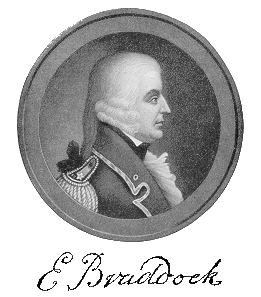 Because General Braddock brought regular army forces, they were supplied with wagons full of provisions and heavy artillery. Transporting all this to Fort Duquesne required widening the narrow road begun by George Washington the year before. Because they had to hack their way through wilderness and over mountains, the army moved slowly through Pennsylvania. Unlike the French in the area, the British were not able to recruit any native american allies. Perhaps the natives understood that, should the British win, the natives would soon be driven off the land.
Because General Braddock brought regular army forces, they were supplied with wagons full of provisions and heavy artillery. Transporting all this to Fort Duquesne required widening the narrow road begun by George Washington the year before. Because they had to hack their way through wilderness and over mountains, the army moved slowly through Pennsylvania. Unlike the French in the area, the British were not able to recruit any native american allies. Perhaps the natives understood that, should the British win, the natives would soon be driven off the land.
The Braddock expedition set off from Fort Cumberland, Maryland, on May 29, 1755. Building the road was an important part of supplying the army once it crossed the Allegheny Mountains. So Braddock divided his forces into a “flying army” of about 1,300 fighting men and a provisioning army of 800 men who worked on the road. General Braddock was a professional soldier and a British aristocrat who looked down on people in the colonies as being inferior to true Britons. His views reflected the attitude of the day among the aristocracy in Great Britain.
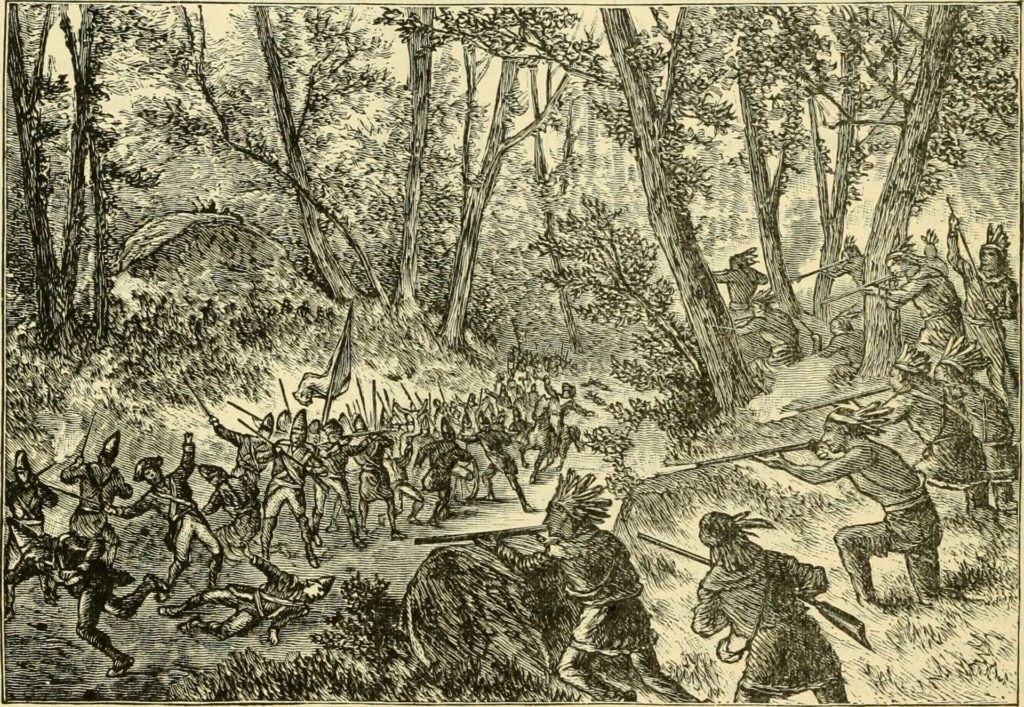 Meanwhile, the French had only 250 men at Fort Duquesne, but they had 500 native warriors as allies. When the French commander, Claude-Pierre Pécaudy de Contrecœur, received the reports from his Indian allies that the British were coming, he decided on a preemptive strike. He decided he would attack the Braddock expedition as they crossed the Monongahela River on July 9, 1755.
Meanwhile, the French had only 250 men at Fort Duquesne, but they had 500 native warriors as allies. When the French commander, Claude-Pierre Pécaudy de Contrecœur, received the reports from his Indian allies that the British were coming, he decided on a preemptive strike. He decided he would attack the Braddock expedition as they crossed the Monongahela River on July 9, 1755.
When the British forces were attacked, they responded by drawing up in field formation, which was useless against the French and Indians hiding in the trees. George Washington tried to warn the General that a frontal assault would be useless, but Braddock ignored him. Although the British had the advantage in numbers and training, the French and Indians surrounded them and shot at them until the British forces were in full retreat. General Braddock was mortally wounded and George Washington organized the retreat.
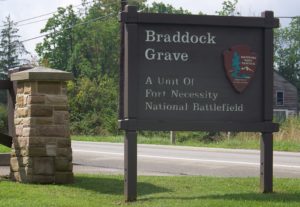 The results of the battle were devastating for the British army. General Braddock died on July 13. Of the approximately 1,300 men Braddock had led into battle, 456 were killed and 422 wounded. Commissioned officers were prime targets and suffered greatly: out of 86 officers, 26 were killed and 37 wounded. Of the 50 or so women that accompanied the British column as maids and cooks, only 4 survived. The French and Canadians reported 8 killed and 4 wounded; their Indian allies lost 15 killed and 12 wounded.
The results of the battle were devastating for the British army. General Braddock died on July 13. Of the approximately 1,300 men Braddock had led into battle, 456 were killed and 422 wounded. Commissioned officers were prime targets and suffered greatly: out of 86 officers, 26 were killed and 37 wounded. Of the 50 or so women that accompanied the British column as maids and cooks, only 4 survived. The French and Canadians reported 8 killed and 4 wounded; their Indian allies lost 15 killed and 12 wounded.
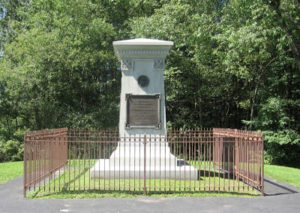 George Washington and the men buried General Braddock in the road near Fort Necessity. They were concerned that the Indians were desecrate the body, so they marched over the grave site after the burial. When the National Road was built 60 years later, Braddock’s body was removed to a memorial site next to the road. The grave site is part of Fort Necessity National Battlefield.
George Washington and the men buried General Braddock in the road near Fort Necessity. They were concerned that the Indians were desecrate the body, so they marched over the grave site after the burial. When the National Road was built 60 years later, Braddock’s body was removed to a memorial site next to the road. The grave site is part of Fort Necessity National Battlefield.
